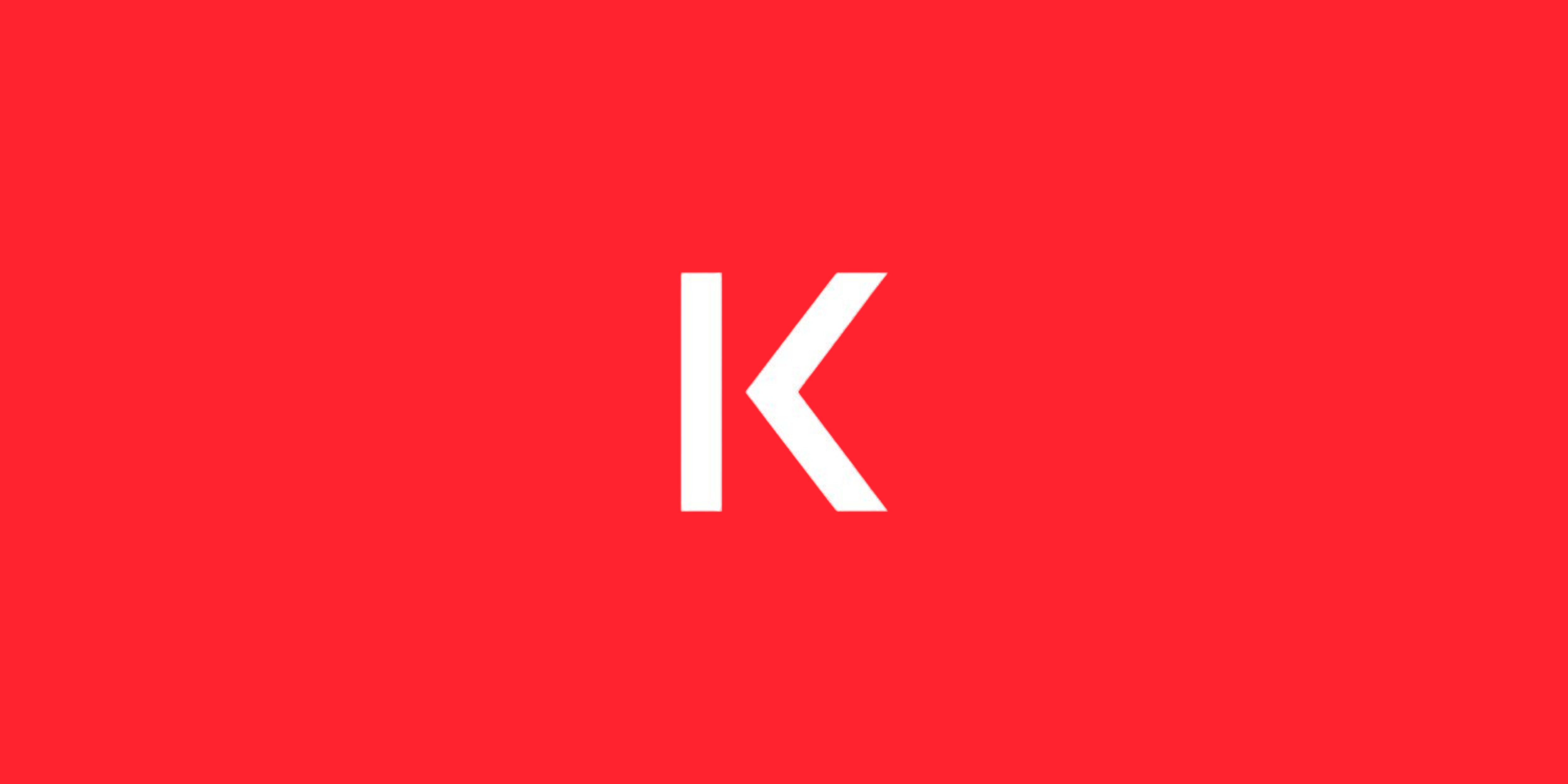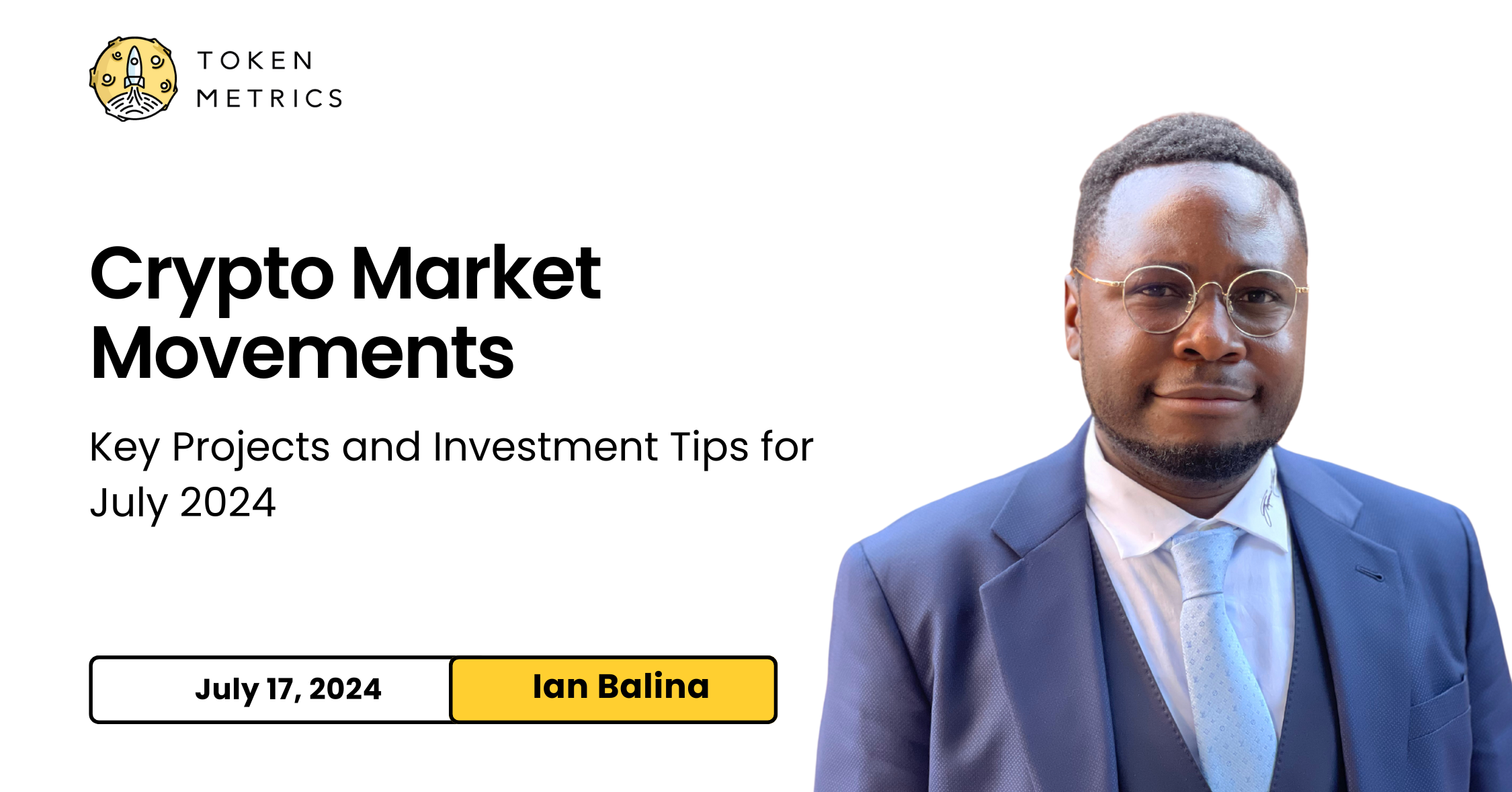Introduction
The Kava Network is a pioneering Layer-1 blockchain that integrates the speed and scalability of the Cosmos SDK with the developer support of Ethereum. Kava Network empowers developers to build Web3 and next-generation blockchain applications through its unique co-chain architecture. The network’s native token, KAVA, plays a crucial role in governance, security, and incentivizing network growth.
Innovation
Kava Network‘s innovation lies in its seamless interoperability through a co-chain architecture, which combines Ethereum and Cosmos Co-Chains. This allows developers to build in their preferred environment without losing access to the assets and users of the other. The network also employs the Tendermint Core consensus engine to facilitate the movement of users, assets, and projects between Kava and other significant ecosystems.
Architecture
The Kava Network‘s architecture is built on the Cosmos SDK and Tendermint Core, providing a robust foundation for scalable and secure blockchain operations. The co-chain architecture allows seamless interaction between the Ethereum and Cosmos ecosystems, facilitated by a Translator Module that ensures smooth communication between the two environments.
Key Components
- Cosmos SDK: An open-source framework for building Proof-of-Stake blockchains, known for its modularity and interoperability.
- Tendermint Core: A Byzantine Fault Tolerant consensus engine that supports secure and efficient block validation.
- Translator Module: Ensures seamless communication between the Ethereum and Cosmos Co-Chains, enabling developers to leverage the strengths of both environments.
Code Quality
Kava Network demonstrates high code quality using industry-standard frameworks and consensus mechanisms. The network’s co-chain architecture is well-documented, and its smart contract functionality is supported by the Kava EVM, which combines Ethereum’s capabilities with the features of the Cosmos SDK. Additionally, the JavaScript SDK facilitates interaction with Kava from browsers and node.js clients, providing comprehensive tools for transactions, messages, cryptography, and utility functions.
Product Roadmap
Kava Network has outlined a clear product roadmap to expand its ecosystem and enhance developer support. Future developments include:
- Enhanced Interoperability: Continued improvements to the Translator Module for better integration between Ethereum and Cosmos Co-Chains.
- Incentive Programs: Expansion of on-chain incentive programs to reward top builders and drive network growth.
- Governance Enhancements: Refinements to the KavaDAO governance model to ensure community-driven network management.
Kava Network Usability
Kava Network offers strong usability through its developer tools and ecosystem support. The Kava EVM provides a familiar environment for Solidity developers, while the JavaScript SDK enables easy interaction with the network. Additionally, the network’s local development setup, facilitated by the kvtool CLI tool, allows developers to set up and manage local Kava networks using Docker containers.
Team
The Kava Network team consists of experienced blockchain developers and industry professionals. Their expertise in the Cosmos SDK and Ethereum ecosystems is evident in the network’s robust architecture and innovative co-chain design. The team actively engages with the community through KavaDAO, ensuring that network governance aligns with the interests of its users.
Conclusion
The Kava Network’s innovative co-chain architecture and strong developer support make it a unique and powerful platform for Web3 development. Its seamless interoperability, optimized scalability, and robust governance mechanisms position it as a leading Layer-1 blockchain for next-generation applications. Kava Network’s continued focus on enhancing its ecosystem and supporting developers ensures its relevance and growth in the rapidly evolving blockchain landscape.
| Initial Screening | |||
| Keep researching | |||
| Does this project need to use blockchain technology? | Yes | ||
| Can this project be realized? | Yes | ||
| Is there a viable use case for this project? | Yes | ||
| Is the project protected from commonly known attacks? | Yes | ||
| Are there no careless errors in the whitepaper? | Yes | ||
| Project Technology Score | |||
| Description | Scorecard | ||
| Innovation (Out Of 11) | 10 | ||
| How have similar projects performed? | Medium | 1 | |
| Are there too many innovations? | Regular | 2 | |
| Percentage of crypto users that will use the project? | Over 11% | 5 | |
| Is the project unique? | Yes | 2 | |
| Architecture (Out of 12) | 9 | ||
| Overall feeling after reading whitepaper? | Medium | 1 | |
| Resistance to possible attacks? | Good | 2 | |
| Complexity of the architecture? | Not too complex | 2 | |
| Time taken to understand the architecture? | More than 1 hour | 0 | |
| Overall feeling about the architecture after deeper research? | Good | 4 | |
| Has the project been hacked? | No | 0 | |
| Code Quality (out of 15) | 13 | ||
| Is the project open source? | Yes | 2 | |
| Does the project use good code like C,C++, Rust, Erlang, Ruby, etc? | Yes | 2 | |
| Could the project use better programming languages? | No | 0 | |
| Github number of lines? | More than 10K | 1 | |
| Github commits per month? | More than 10 | 2 | |
| What is the quality of the code? | Good | 2 | |
| How well is the code commented? | Good | 1 | |
| Overall quality of the test coverage? | Outstanding | 2 | |
| Overall quality of the maintainability index? | Good | 1 | |
| When Mainnet (out of 5) | 5 | ||
| When does the mainnet come out? | Mainnet | 5 | |
| Usability for Infrastructure Projects (out of 5) | 5 | ||
| Is it easy to use for the end customer? | Medium | 5 | |
| Team (out of 7) | 6 | ||
| Number of active developers? | 5+ | 2 | |
| Developers average Git Background? | Senior | 2 | |
| Developers coding style? | Solid | 2 | |
| Total Score (out of 55) | 48 | ||
| Percentage Score | |||
| Innovation | 18.18% | ||
| Architecture | 16.36% | ||
| Code Quality | 23.64% | ||
| Mainnet | 9.09% | ||
| Usability | 9.09% | ||
| Team | 10.91% | ||
| Total | 87.27% |





